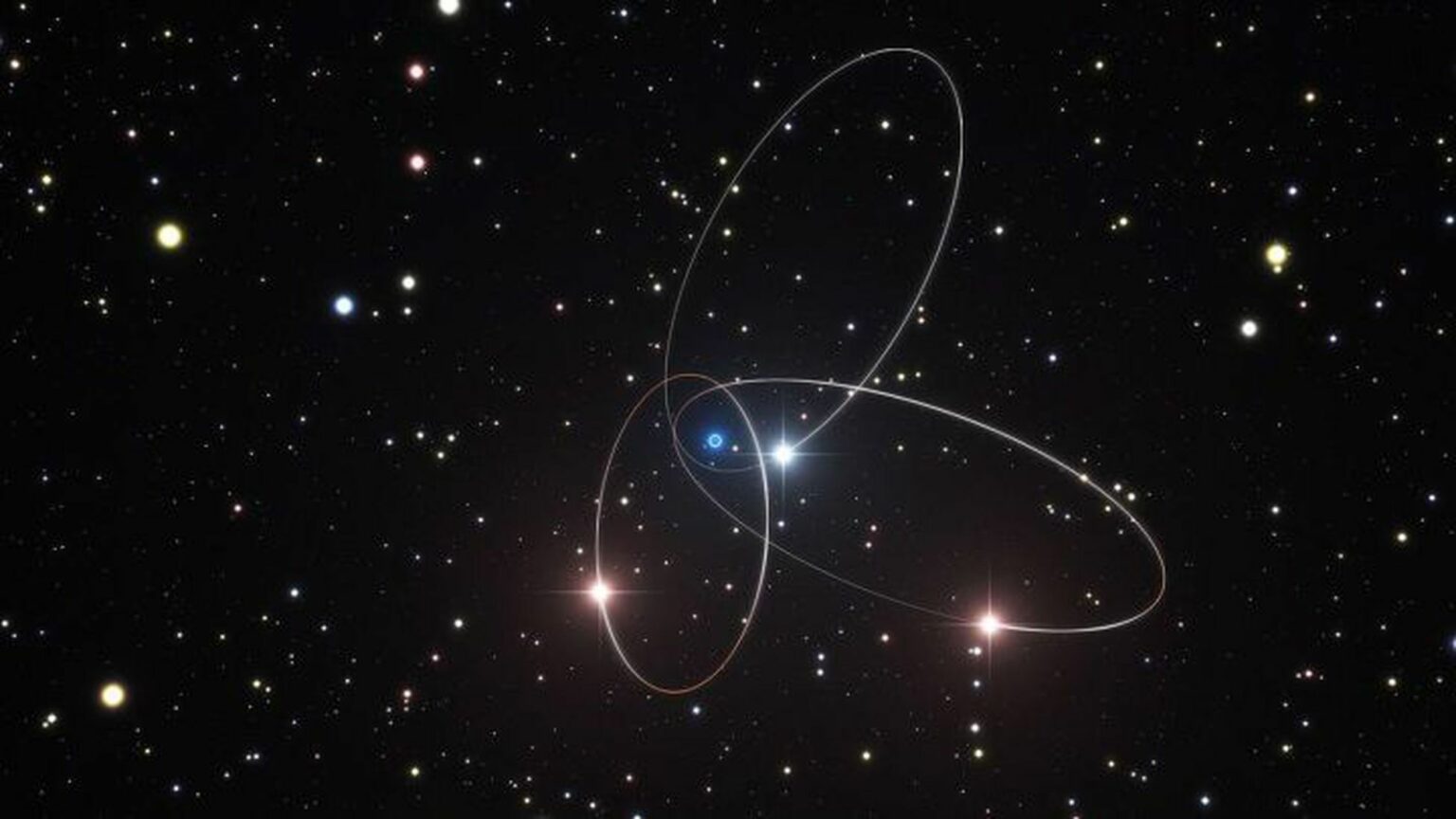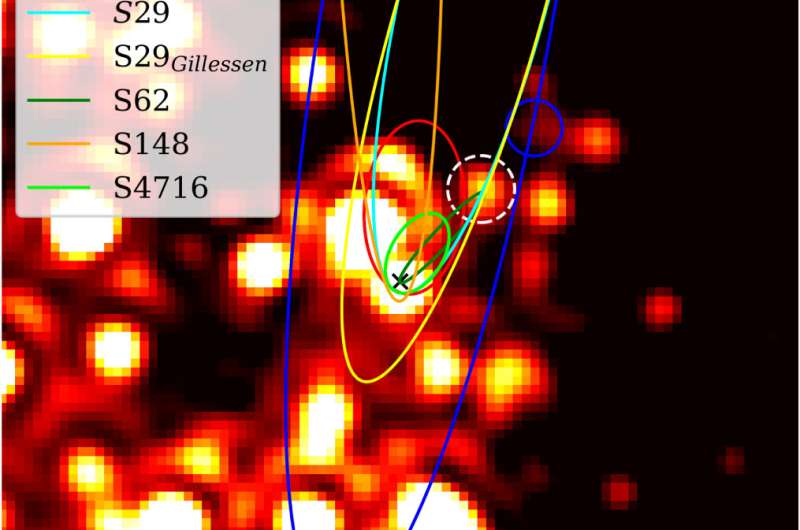Astronomers have discovered a star with a speed of 8 thousand km/s. It orbits the supermassive black hole Sagittarius A*. The newly discovered luminary makes one revolution around it in just 4 years.

The fastest star in the Milky Way?
Scientists from the Universities of Cologne and Masaryk in Brno reported the discovery of the fastest star in the Milky Way galaxy. It is located in the center of the Milky Way and orbits the supermassive black hole Sagittarius A*.
The speed of the S4716 is 8000 kilometers per second. This is approximately 2.7 percent of the speed of light. It is part of the compact cluster S, consisting of hot young giants orbiting a black hole whose mass is 4 million times that of the sun. Previously, this object was hidden from scientists’ research due to the fact that it was blocked by one of the brightest stars of the cluster — S2.

In fact, S4716 is not the fastest known star in terms of absolute speed. S62 from the same cluster accelerates to 6 percent of the speed of light. However, by how short the period of its rotation around the center of our Galaxy is, it has no equal.
How much does S4716 revolve around a black hole?
At the perihelion closest to the Arrow, A* S4716 approaches it at a distance of only 100 astronomical units, that is, about 15 billion kilometers. But it is not very far away from it either. Therefore, its revolution around a giant black hole takes only 4 years.
In order to see this remarkable star, scientists observed the center of our galaxy with the help of five powerful telescopes, four of which worked as one. The existence of S4716 struck astronomers first of all by the fact that at such a small distance from the black hole, its orbit is stable.
According to scientists, the star simply could not have been born in its current orbit. Most likely, it was formed in the cluster S farther than Sagittarius A*, but the gravitational interaction with its other members pushed it closer to the black hole.
According to phys.org
Follow us on Twitter to get the most interesting space news in time
https://twitter.com/ust_magazine

